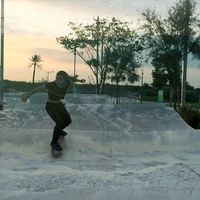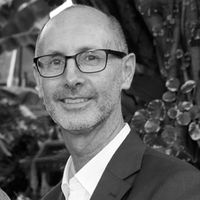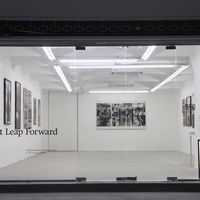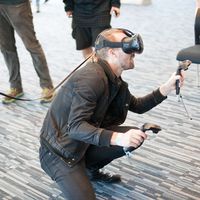By people / In cities: Bangkok Biennial
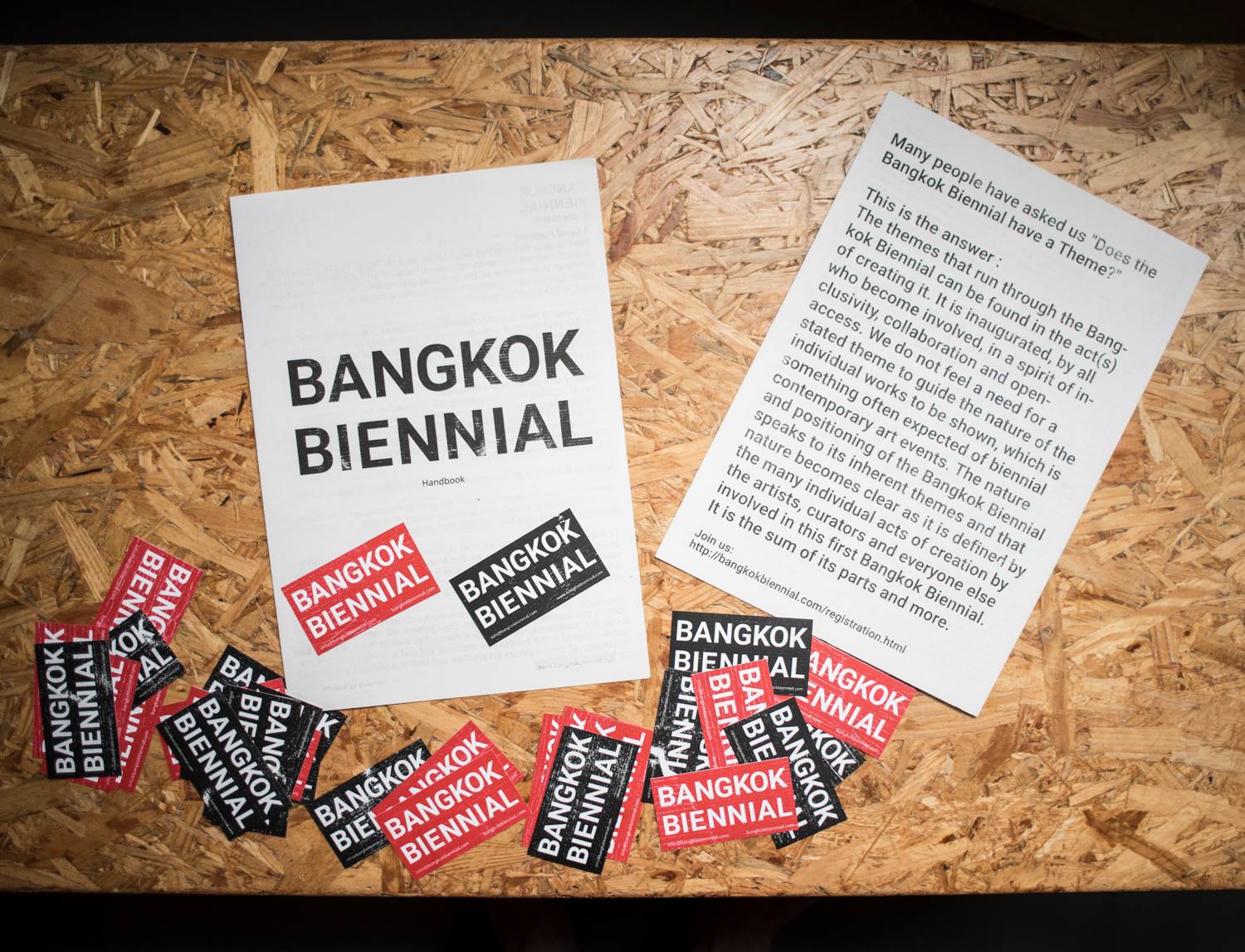
ASEF culture360 contributor David Fernández interviews the founders of the upcoming Bangkok Biennial, a multidisciplinary art programme showcasing about 150 art projects as part of more than 70 self-organised pavilions, placed in multiple venues around the city and beyond, opening July 1st, 2018.
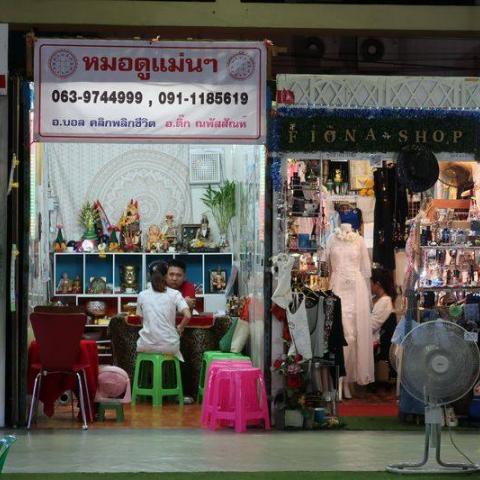
David Fernández: Bangkok’s art scene is seemingly blooming. Two consecutive biennials coming up this year only in Bangkok. Why did you decide to organise the Bangkok Biennial? Why anonymously?
Bangkok Biennial: The Bangkok Biennial (BB) started as a conversation in May 2017. A group of us were discussing why Thailand did not have a biennial art event and wondering who would do it if it were to happen. As the conversation went on, we talked about who would have the right to do it and what would the permissions be to create a Bangkok Biennial or Bangkok Biennale. And at that point we thought that if no one else was doing it, why not us? 30 minutes later we had registered a website domain name (http://bangkokbiennial.com) and began planning how we could possibly achieve this.
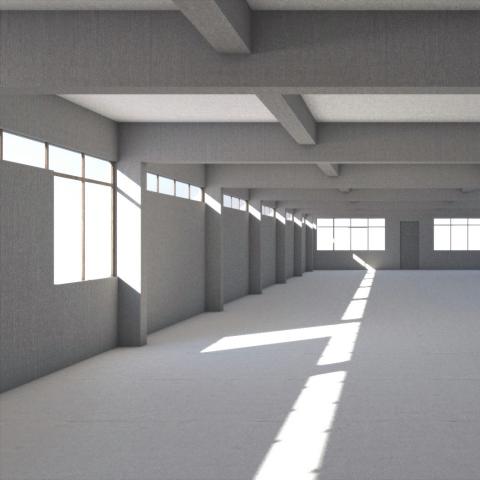
We decided that a decentralized approach with an open-access philosophy would make it possible for the Bangkok Biennial to happen, as long as we could get the idea to enough people with whom it would resonate. What it has meant is a dispersal of 'privilege' and also 'responsibility' to whoever has been interested. And so allowing for a very diverse programme that would not have been possible if we were to be responsible for a dispersal of resources via a selection process.
We have dispersed responsibility rather than resources and the results are very interesting.
As for the question of the BB Team remaining anonymous - the intention in doing so is towards the same end as for the diversity. We thought that if we publicly stated our names, the Bangkok Biennial would be defined by our reputations from the very beginning and that would have limited possible diversity in the pavilions which make up the Biennial. It would have become a situation where people would have said “Oh, it is those people doing it, so it will be like that” and those assumptions would be defining.
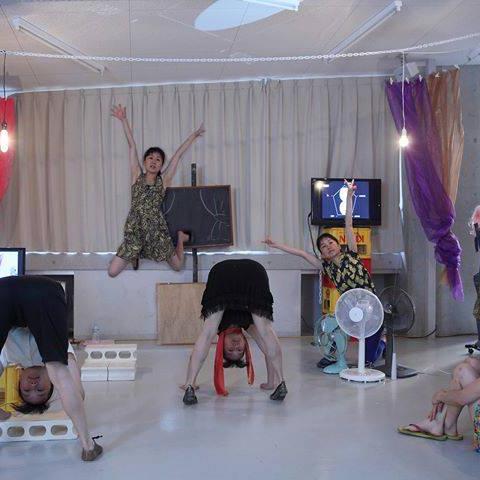
DF: 'The Bangkok Biennial has been set up as a challenge to the ‘authority’ of institutionalized access to representation in art and curatorial practices. It offers an open-source platform: a level playing field for creative experimentation and social installation which chooses a model of inclusivity in contrast to top-down art economics.' Could you tell me something more about the inaugural year’s biennial theme (if any) and the curatorial process? How did you select the artists?
BB: The themes that run through the Bangkok Biennial can be found in the act(s) of creating it. It is inaugurated, by all who have become involved, in a spirit of inclusion, collaboration and open access. We do not feel the need for a stated theme to guide the nature of the individual works shown, which is something often expected of contemporary art events. The nature and positioning of the Bangkok Biennial speaks to its inherent themes and that nature becomes clear as it is defined by the many individual acts of creation of the artists, curators and everyone else involved in this first Bangkok Biennial. It is the sum of its parts and more.
There was no selection process for the artists through central curatorial process. Instead, the Bangkok Biennial is made up of autonomous pavilions who all joined through a simple registration. Once they have filled out the required information in an on-line form on our website they are included in the Biennial and they can follow their own process of 'pavilioneering', or exhibition-making. The 70+ pavilions that make up the 2018 edition of Bangkok Biennial are very diverse and have each followed very different curatorial approaches.
DF: How do you envision the Bangkok Biennial contributing to the development of Bangkok's contemporary art scene and discourse?

BB: Aside from being a platform for presentation of a large variety of artists, the Bangkok Biennial has contributed to a fresh round of dialogue on contemporary art practice. It also adds to the very interesting art scene in the country where 3 separate biennials of contemporary art are all inaugurating in the same year. It really has great potential for dialogue and analysis.
DF: What kind of reactions are you expecting from your audience?
BB: We have had quite a variety of reactions to the Bangkok Biennial since we first announced it. These range from extremely vocal critics on one hand to 300 or more people getting excited enough about it and becoming involved in making it happen. But for the public, once the biennial opens on July 1st, we hope that they will enjoy a look at a great variety of art in a representation which we have not seen in Thailand on this scale and also be able to use this event to take a critical look at many of the issues it brings up. And, of course, this fascinating journey through art continues into 2019 with the Bangkok Art Biennale and the Thailand Biennale later this year, as well as PhotoBangkok, which runs concurrent to the Bangkok Biennial. We are sure by the end of all of this, the public will have had a great chance to see lots of art and lots of models of representation in art and curatorial practice.
DF: Could you tell us more about the art scene in Bangkok? Which are the best galleries and art spaces you would suggest to see for visitors coming at the Bangkok Biennial?
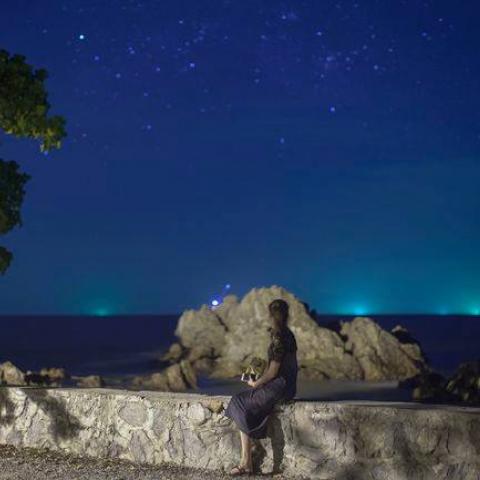
BB: We would suggest browsing through our pavilions to get an idea of what is out there and what catches your interest. The pavilions are very spread out, if you wanted to see everything in the Bangkok Biennial, you would have to travel a lot (from Chiang Mai to Netherlands, from Patani to Japan). But we have a guide-book for our pavilions as well as a new mobile app. Both will be available at the end of June.
To find out more about the Bangkok Biennial, please visit: http://bangkokbiennial.com/
___
David Fernández is a Spanish-born contributing writer based in Bangkok, Thailand. Currently working as freelance arts & cultural project manager and digital media consultant, he is also one of the co-founders of Cho Why multi-disciplinary project space. He previously co-founded Le Cool Bangkok arts & culture webzine and worked as content director. Formerly, he served as cultural attaché at the Embassy of Spain – Cultural Office in Bangkok
Similar content
19 Jul 2016



